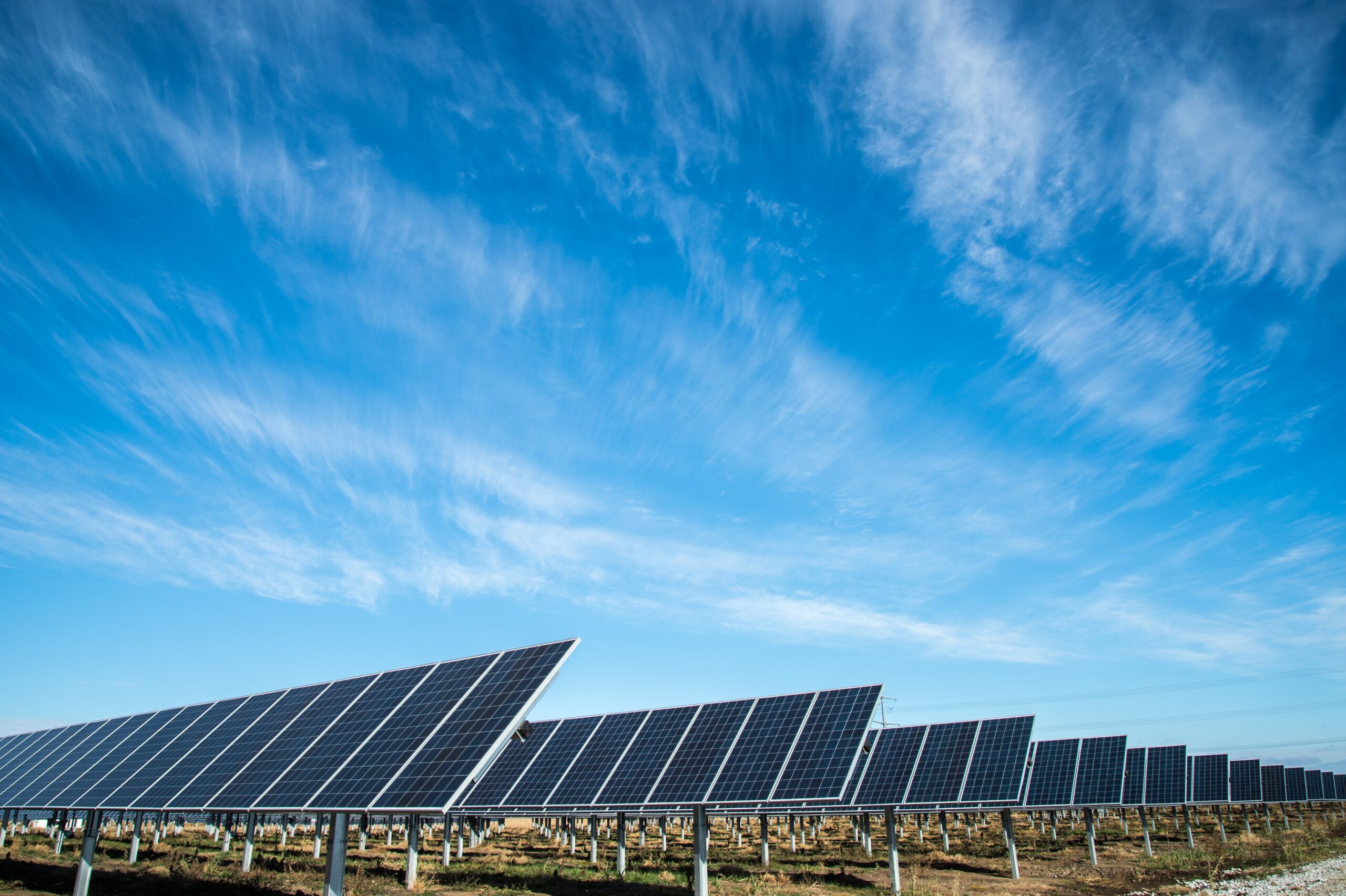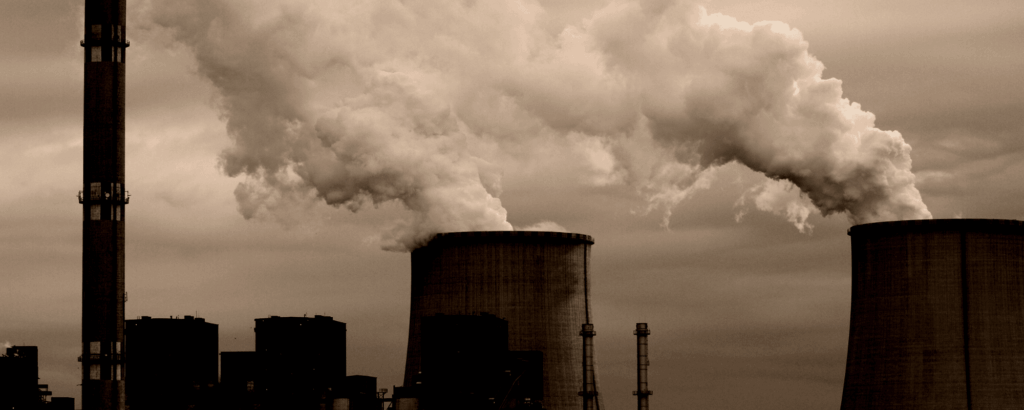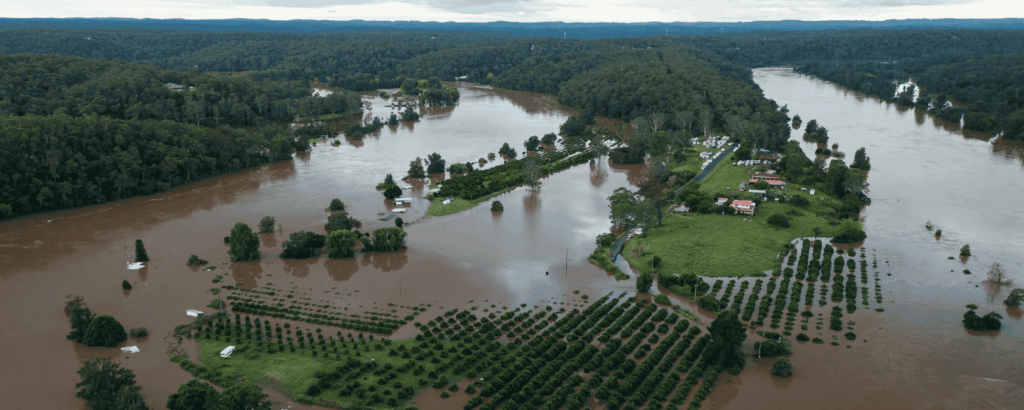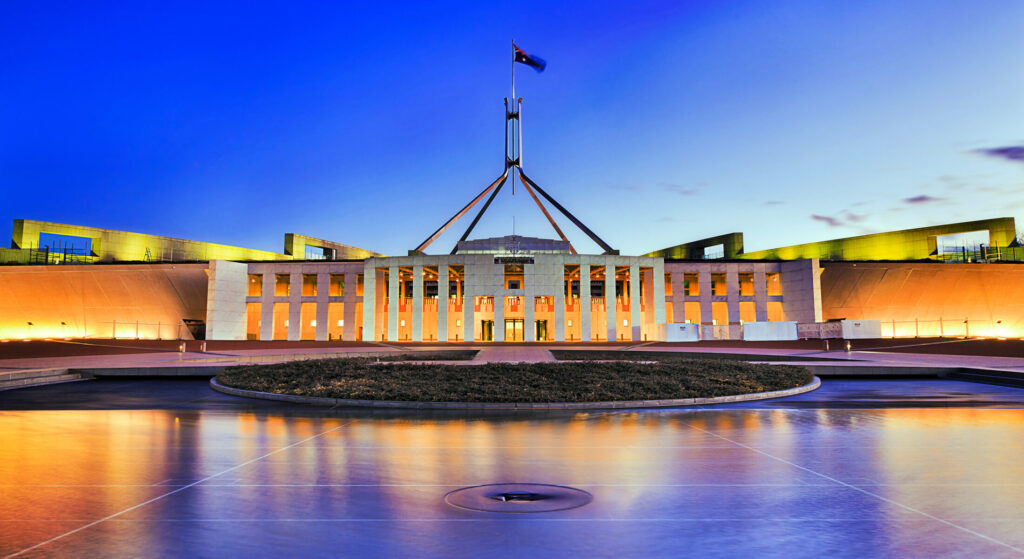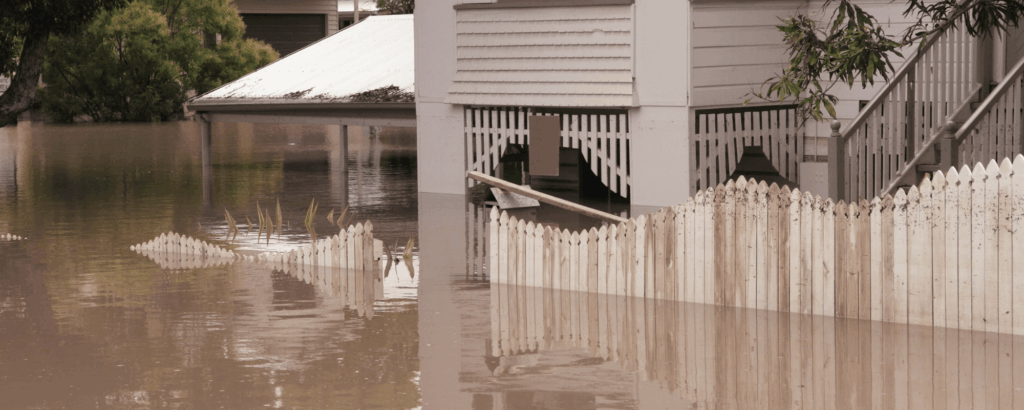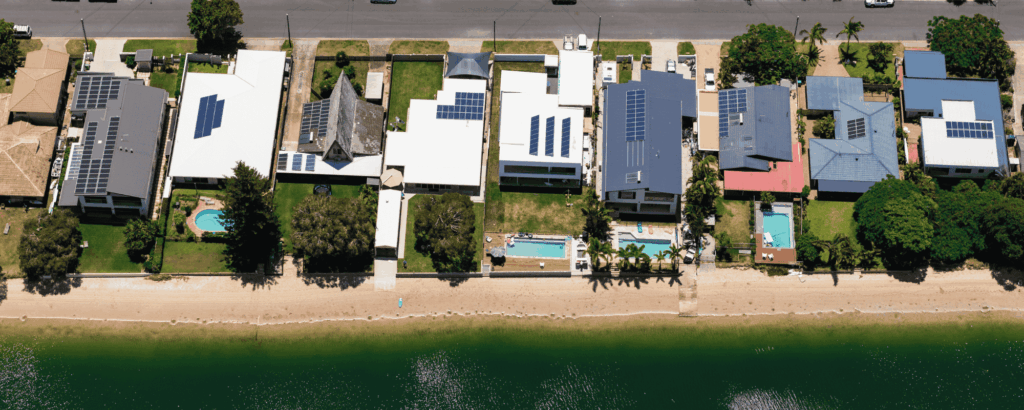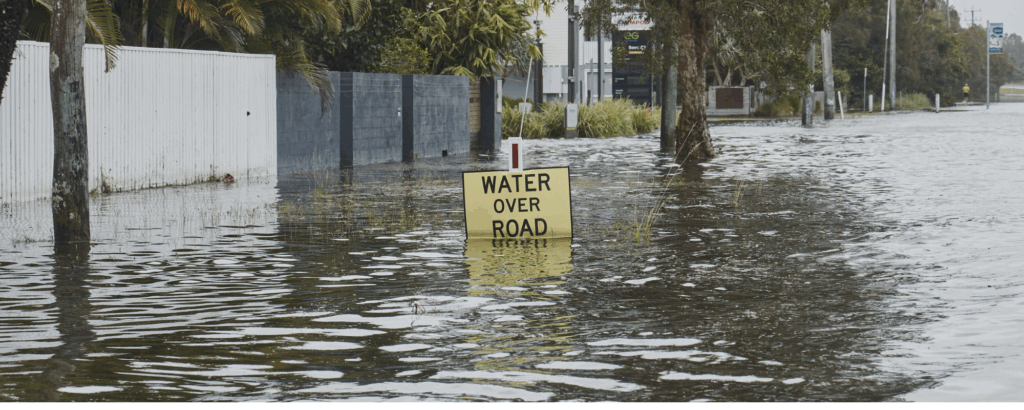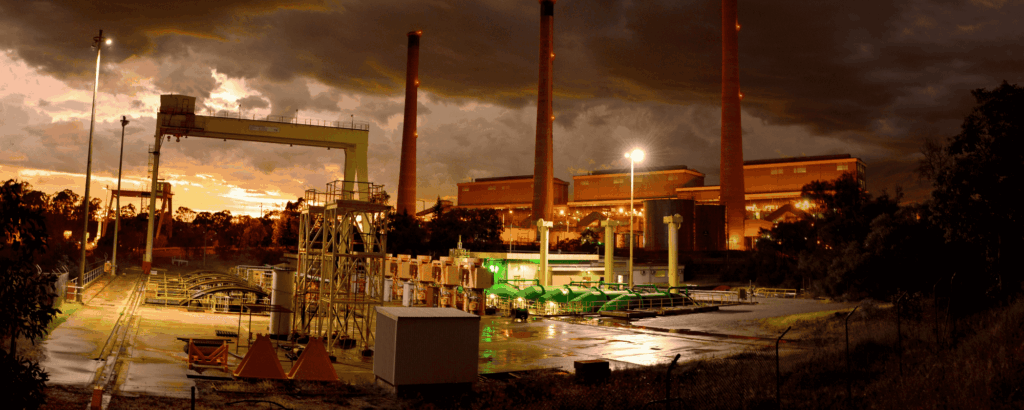States and territories are driving Australia’s acceleration towards a clean and reliable renewable energy grid. In fact, progress on new clean energy generation, like wind and solar, has been so rapid in recent years that it has been hard to keep up. Our report, ‘Race to the top: Australia’s clean energy momentum’, shines a light on the progress Australia’s states and territories have already made, and their plans for the road ahead. It highlights the huge and growing momentum around the country and calls out where governments still have work to do to cut climate pollution further and faster.
How does New South Wales stack up?
In many ways, the ‘First State’ is holding true to its name. New South Wales (NSW) leads the nation in the number of people using public transport, walking and riding regularly to get around. Significant government investment in targeted initiatives, like the Zero Emissions Buses plan and the Get NSW Active program, are enabling more people in NSW to use shared and active transport more often, which is our biggest opportunity to cut climate pollution from transport this decade.
NSW is in the middle of a clean energy boom
In March 2024, NSW became the first Australian state to act on offshore drilling and mining – passing historic legislation that prohibits exploring for fossil fuels and minerals in the state’s coastal waters, and protects sensitive marine environments and Indigenous heritage. NSW has also made significant progress with its Renewable Energy Zones (REZs), including the Central-West Orana REZ near Dubbo and Dunedoo. This REZ is expected to generate up to $20 billion in private investment and will connect large scale solar, wind and energy storage facilities to the grid. Its delivery is expected to support around 5,000 construction jobs and when complete it is set to provide 4.5 gigawatts of clean energy – enough to power 1.8 million homes.
What next for NSW?
Despite recent progress, the rollout of renewable energy projects and firming infrastructure in NSW remains much too slow. Industry analysis indicates it can take 2-3 times longer to secure approval for new renewable energy projects in NSW than other states and territories. This can add 4-7 years to project delivery, and up to 25 times more costs for developers compared to equivalent projects in other states.
These slow and expensive approvals processes even contributed to the NSW Government’s decision to extend the life of the polluting Eraring coal-fired power station, demonstrating the importance of addressing planning challenges to unlock the state’s clean energy project pipeline, create new jobs, help lower power bills and close polluting generators.
To maintain momentum as it builds towards a clean and reliable energy grid, NSW can also follow the lead of Victoria and the ACT and embrace all-electric new homes, to help lower household energy costs and get dangerous, polluting gas out of people’s homes.

